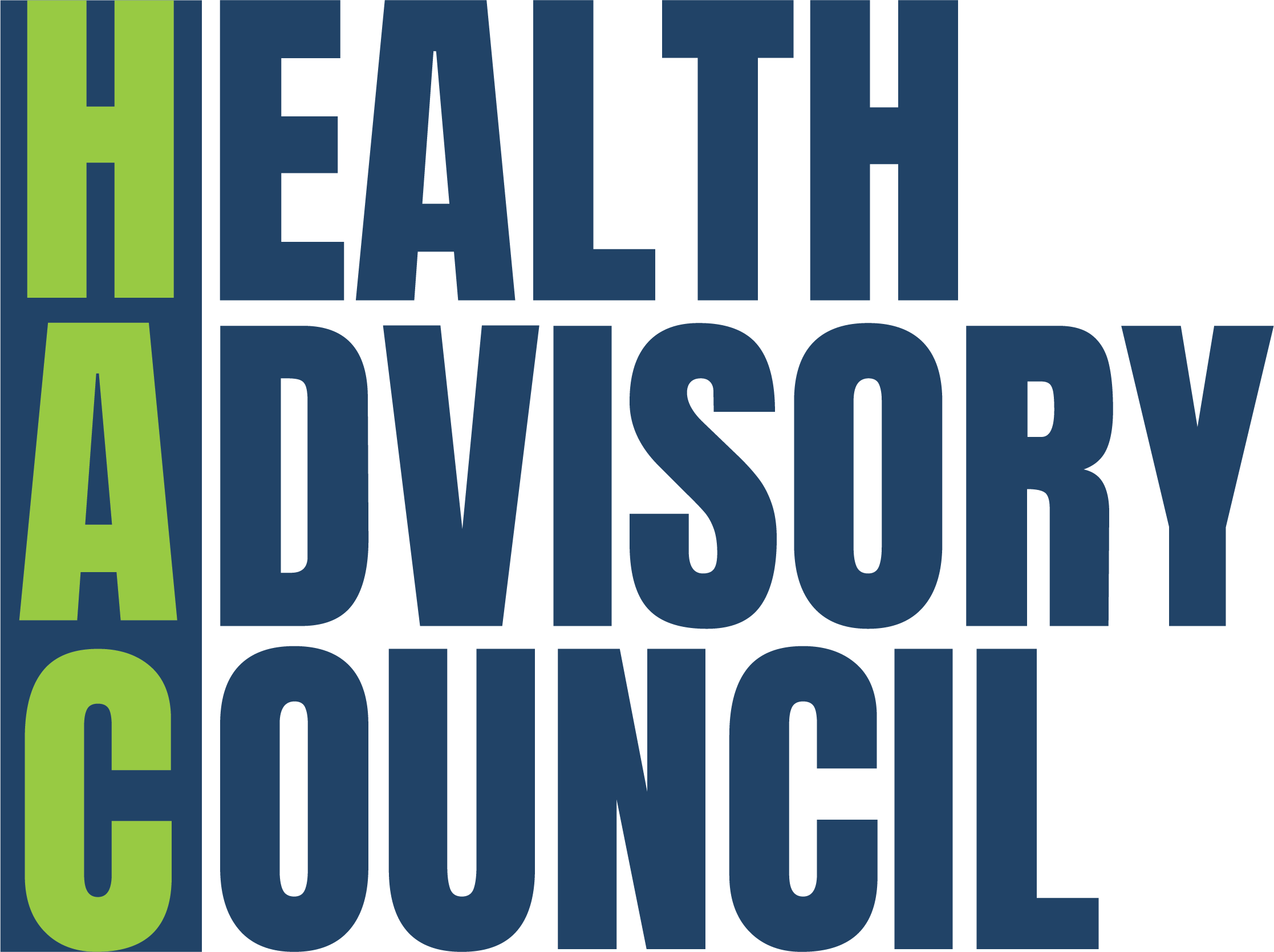Fighting for fairness: The Obesity Bill of Rights
In terms of the number of people it affects and the serious health problems it creates, obesity is the most significant chronic disease in human history. And yet, it is a disease that is too frequently undiagnosed and untreated, and leads to harsh judgments rather than understanding and care.
As a physician who has devoted my career to addressing the disparities affecting obesity sufferers, I am grateful for the work of the National Consumers League (NCL) in communicating the message that people who have this disease matter and that they have the right to quality healthcare without enduring discrimination or bias.
This argument can’t be made strongly enough. Obesity is a disease that people wear. You can’t look at someone and tell if they have cancer, high blood pressure, or diabetes. Often, you can look at someone and determine that they have obesity, and that leads to negative assumptions about their lifestyle instead of an acknowledgment that they have a chronic disease requiring treatment.
NCL and the National Council on Aging demonstrated essential and invaluable leadership by creating the first-ever Obesity Bill of Rights, defining the core requirements for people with obesity to receive person- centered, quality care. They established, for example, the right to respect from all members of an integrated care team, the right to treatment from qualified health providers, the right to receive care in settings that allow for privacy and the use of size– and weight– accessible equipment and diagnostic scans, and the right to coverage for treatment with access to the full range of treatment options for the patient’s disease.
These organizations put muscle behind their message by creating the Right2ObesityCare, a grassroots movement focused on ensuring that these rights are incorporated into medical practice.
As NCL CEO Sally Greenberg said very well when the Obesity Bill of Rights was announced, “For too long, adults with obesity have encountered a healthcare system that is working against them. They have been stigmatized, discriminated against, not treated with respect by their health providers, and have faced significant hurdles and burdensome requirements to receive obesity care.”
This commitment to health equity remains critical at a time in which 1 billion people worldwide and more than 100 million in the United States are living with obesity. This is a disease for which, too frequently, the economic haves and have-nots in our society have significant differences in care and coverage. There are novel therapies— GLP-1 agonists like Ozempic and Trulicity, for example—that can improve blood sugar control and lead to weight loss. Those in the higher socioeconomic strata have generous health insurance plans that cover these drugs. In contrast, those who struggle financially don’t have access even though they tend to have higher obesity rates.
If we’re to address a disease of this extraordinary magnitude, then these inequities must be addressed.
This is, in fact, a disease so far-reaching that it can’t be solved by just one breakthrough therapy or one effective medicine. This will require a multifaceted approach involving virtually every sector of our society and multiple industries. Most of all, it will take vision and leadership to keep making the point that obesity patients matter and that they require care, not judgment.
NCL is providing that voice, and its actions will continue to be critical in combating this ongoing healthcare crisis.
______________
Dr. Fatima Cody Stanford is an obesity medicine physician, scientist, educator, and policymaker at Massachusetts General Hospital and Harvard Medical School. She is a sought-after expert in obesity medicine, who bridges the intersection of medicine, public health, policy, and disparities







 By Nancy Glick, Director of Food and Nutrition Policy
By Nancy Glick, Director of Food and Nutrition Policy















